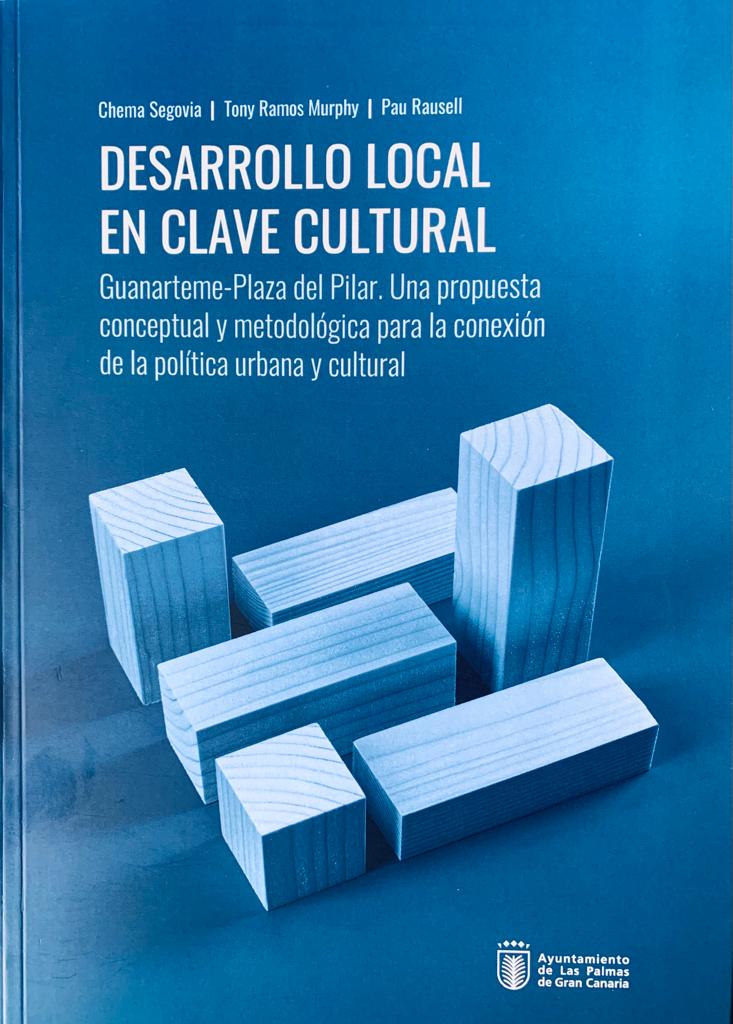LOCAL DEVELOPMENT IN A CULTURAL KEY. Guanarteme-Plaza del Pilar. A conceptual and methodological proposal for the connection of urban and cultural policy.
- Authors: Chema Segovia, Tony Ramos Murphy & Pau Rausell-Köster (2023).
- Publication types: Llibre
-
Abstract:
This publication contains the Neighbourhood-City Development Strategy in Cultural Key for Guanarteme-Plaza del Pilar, prepared by the Culturalink team on behalf of the Town Planning Department of the City Council of Las Palmas de Gran Canaria. By Guanarteme-Plaza del Pilar we refer to the foundational nucleus of the Guanarteme neighbourhood, a highly recognisable urban environment, organised around the Plaza del Pilar and located at the south-western end of Las Canteras Beach. Guanarteme-Plaza del Pilar is a highly unique neighbourhood. This statement needs to be understood in a broad sense and is based on the historical background of the place, its built fabric, its social fabric, the economic activities it houses and the symbolic universe that surrounds it. Over the last half century, the urban dynamic that has run through Guanarteme-Plaza del Pilar has had an ambivalent character. The neighbourhood has shown a particular resilience, but also fragilities and risks that need to be addressed. The detailed work of analysis and diagnosis with which the design of the strategy began delves into these issues and is presented in the second section of this publication. Faced with a complex and sensitive context for action, the proposals section of the Guanarteme-Plaza del Pilar strategy established two main premises for its elaboration. Firstly, the aim was to overcome the supposed dichotomies that exist between the neighbourhood scale and the city scale, simultaneously seeking to make a positive contribution to life in Guanarteme-Plaza del Pilar and to reinforce the connection of the neighbourhood with the dynamics of Las Palmas de Gran Canaria as a whole and even with the island scale. In relation to this concern, the strategy was also conceived as a pilot project, potentially replicable in other neighbourhoods of the city, to make the spaces of proximity and everyday life in Las Palmas de Gran Canaria also spaces of centrality and productivity. As a second key premise, although the development of the strategy employed a broad as well as specific vision of the possibilities of urban policies, it was decided that this would be done from a clearly cultural perspective. This point leads to looking at urban space in a way that is particularly attentive to its symbolic contents and also introduces its own mode of intervention, characterised by transversality, creativity and processual logic. The way in which these two basic intentions are realised and the set of proposals that the strategy formulates are included in the third section of this publication.
ISBN: 978-84-92537-25-9
Legal Deposit: gc 541-2022










